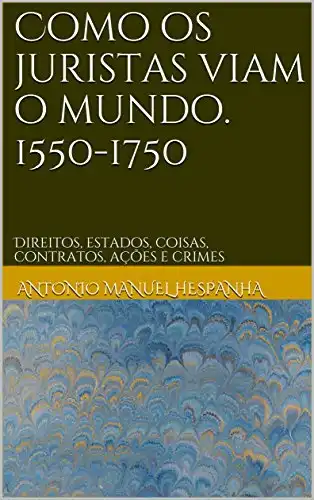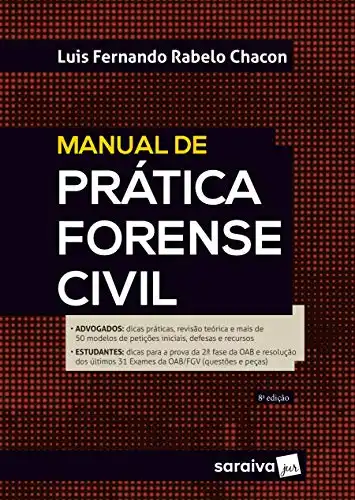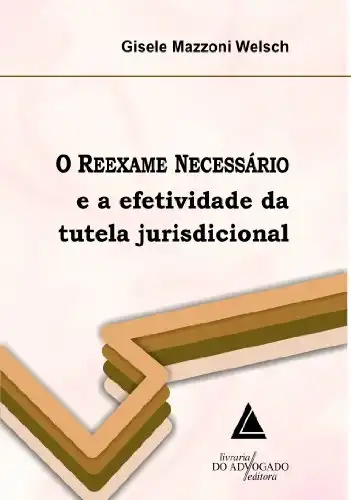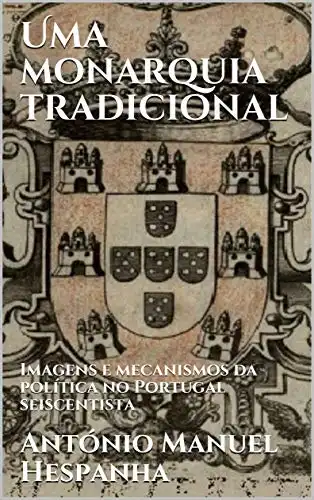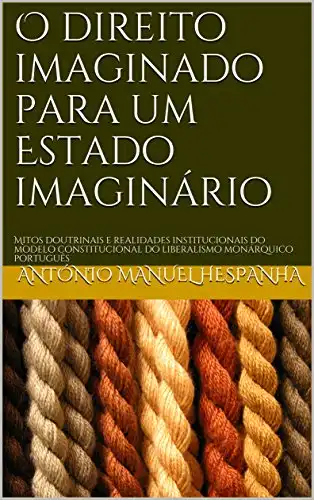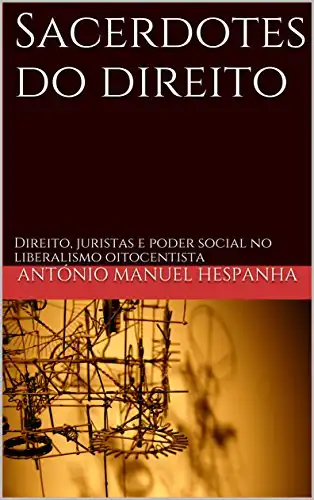Como os juristas viam o mundo. 1550–1750: Direitos, estados, coisas, contratos, ações e crimes
Por Antonio Manuel HespanhaWould it be useful to historians to take into account the legal perspectives of society, in this case of the European early modern society? This book arises from a deep conviction that this is the case.
Surely, the legal view of the world corresponds to an intellectual construction. The world of lawyers, more than “The World”, is their world, although they tend to believe strongly that out of it there is no other world (“quod non est in libris non est in mundo”, as they use to say). This is not unique at all. That is also true for economists, mathematicians, physicists, doctors, and poets. All of them create much more than they describe and all of them have the tendency to conceal these moments, fundamentally creative, of their versions of the world. Historians – as they, too, create the past as they narrate it – aspire to find in its original purity, in its raw truth, things “as they really happened”, being often suspicious of second-hand narratives. Lawyers, on the other hand, are arrogantly self-sufficient, involving society in a frame of concepts and formulas that are supposed to explain everything and to explain themselves.
However – if we are able to surpass the antipathy that such pompous certainty inspire -, these intellectual constructs not only reveal important aspects of the working of societies, but they also tell us much about the very logic with which they build their images of the world. With the analytical rigor of their knowledge – comparing, defining, distinguishing, and insisting on it until exhaustion – lawyers provide detailed plans on the organization and functioning of society. As a consequence of the process of discussion and justification of their conclusions, lawyers reveal the universe of views, arguments and reasons that could convince ordinary people. Lawyers describe finely the world and describe thoroughly the reasons that move the world; their world, of course, and their reasons for movement in the world. However, as their knowledge is organized as a practical knowledge, to intervene and to drive behaviours and direct them by persuasion, juridical proposals and their reasons have to raise social consensus by proposing possible things, if possible pleasant things, based on probable reasons. In a way, legal reasoning has to be a popular reasoning. The social rooting of the imagery assumes this continuous traffic between the “culture” of a group and the “nature” as perceived by everyone. It supposes a permanent cultural appropriation of “nature” and a “culture of naturalization”.
Some consider law as the software of society. The statement seems exaggerated, especially if we consider law as only the official law. However, there is a lot of truth in it. If we know the law, in all the complexity of its various levels and internal interactions, we will figure out reasonably well the direction things take in the world of life. At least, we will notice the rule, the things that happen more often. This is either because a rule imposes a behaviour, or because we were creating the right mindsets that lead us to act and react according to certain standards. One of the innovative aspects of this book is the attempt to describe law putting in evidence and relating these different levels on which the legal knowledge works. As a rule, imposing behaviours. Or, more subtly, as an almost subliminal repository of images on how things are and on which we base our strategies in social life.
Características do eBook
Aqui estão algumas informações técnicas sobre este eBook:
- Autor(a): Antonio Manuel Hespanha
- ISBN-10: 1508797528
- ISBN-13: 978-1508797524
- ASIN: B00UVQMRFY
- Editora: António Manuel Hespanha
- Idioma: Português
- Tamanho: 4035 KB
- Nº de Páginas: 1083
- Categoria: Direito
Amostra Grátis do Livro
Faça a leitura online do livro Como os juristas viam o mundo. 1550–1750: Direitos, estados, coisas, contratos, ações e crimes, escrito por Antonio Manuel Hespanha. Esse é um trecho gratuito disponibilizado pela Amazon, e não infringe os direitos do autor nem da editora.
